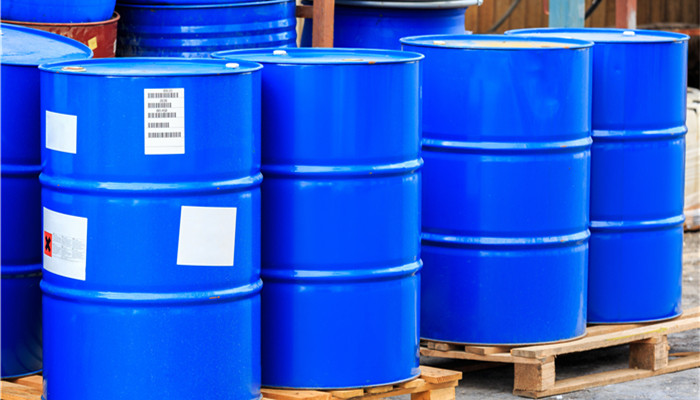
emaa is monopolized by foreign companies and chinese companies need to promote localization
emaa stands for ethylene-(methyl) acrylic acid copolymer, and its full name in chinese is ethylene-methacrylic acid copolymer. it is a resin obtained by copolymerizing ethylene monomer and methacrylic acid monomer using free radical polymerization in a high-pressure reactor. emaa is similar to ethylene-acrylic acid copolymer (eaa), which has good transparency, elasticity, softness, oil resistance, toughness and other characteristics. eaa is often used to make plastic composite films, toothpaste tubes, cables, antennas, etc. it is also used to produce packaging for cosmetics, chemicals, etc., and is suitable for the manufacturing of wires and cables for electronic products and electrical equipment. it is currently the most commonly used adhesive layer. one of the resins.
for a long time, the emaa product market has been occupied by chemical and ineos, forming a monopolistic market structure. coupled with the relatively high technical barriers to emaa and the large number of substitute products, the number of domestic and foreign production companies is relatively small. in addition, due to the complex process and high technical difficulty of emaa, only a few domestic and foreign companies are currently able to produce it, resulting in limited supply of emaa and high product prices, which seriously affects the application enthusiasm and application scale of nstream users.
at present, china does not have the large-scale production capacity of emaa, and domestic market demand relies on imports. in recent years, with the development and product upgrading of china’s packaging materials, wires and cables, sports equipment and other industries, the market demand for emaa has increased, prompting an increase in china’s emaa imports, especially in 2021, thanks to the recovery of the domestic economy and the pickup of foreign trade. , the manufacturing industry represented by packaging materials has increased production intensity, causing china’s emaa demand to increase significantly. according to the released “2023-2028 china emaa industry market in-depth research and development prospects forecast report“, in 2022, china’s emaa the import volume was 3,500 tons.
with the development of china’s chemical industry, some companies are already actively developing emaa production processes. for example, in november 2022, jiangsu hongjing new materials co., ltd. announced the “high-end copolymer new materials project”. the project will build a 50,000-ton/year kettle-type special eva production line at the same time to produce foamed products and adhesives. agents, cable materials, solar cell packaging materials, hot melt adhesives, etc., special eva products such as enba and emaa that will break the international monopoly. in the next few years, with the steady development of china’s economy and the transformation and upgrading of the chemical industry structure, some companies may break through the technical barriers to emaa production and promote the growth of domestic emaa production capacity and output.
analysts believe that in the future, with the development of china’s economy and industrial transformation and upgrading, china’s packaging materials, wires and cables, sports equipment, etc. the scale of the industry may further expand, and with industrial upgrading driving increased demand for high-end raw materials, demand for emaa will also grow. in addition, the diversified development of the nstream market will also prompt companies in the emaa industry to increase investment in research and development, realize industrial production of products as soon as possible, and promote domestic substitution.

 微信扫一扫打赏
微信扫一扫打赏

